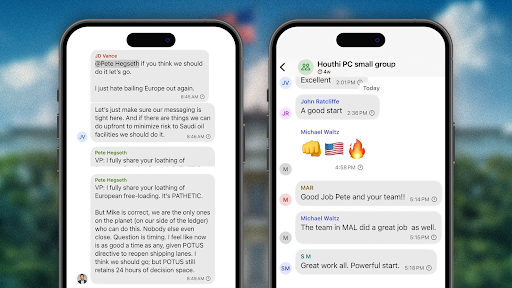
North America experienced a solar eclipse on April 8, 2024 – the first since March 9, 2016 (time.com). A solar eclipse occurs when the Moon passes between the Sun and the Earth, blocking the Sun (NASA). While most places enjoyed the view of a partial eclipse, a few lucky cities experienced a total eclipse, in which the entire face of the Sun is blocked. In these areas, the sky went completely dark, casting a fascinating shadow across the sky. Those in the path of totality also saw what is referred to as the “diamond ring” – the few seconds before and after the eclipse in which the Sun slips in and out of view (New York Times).
High schools across America took a break from academic work to go outside during the highly anticipated solar eclipse. Many Ramapo students had the opportunity to view the eclipse with their classmates, wearing proper eye protection, of course. Ramapo junior Keira Duffy recalls her experience: “It was fascinating to watch the solar eclipse in real-time. It feels like forever since our last one.” Mr. Tuohy, Ramapo physics teacher, brought his class outside to watch the eclipse. He says, “The solar eclipse was really cool to watch, and I’m excited for the next one.”
The next solar eclipse is predicted by NASA to be on August 23, 2044 – twenty years from now (USA Today). The solar eclipse is truly a sensational event that only happens a few times in one’s life. If you didn’t get the chance to watch it in April, be sure to stock up on protective eyewear for the next one!





